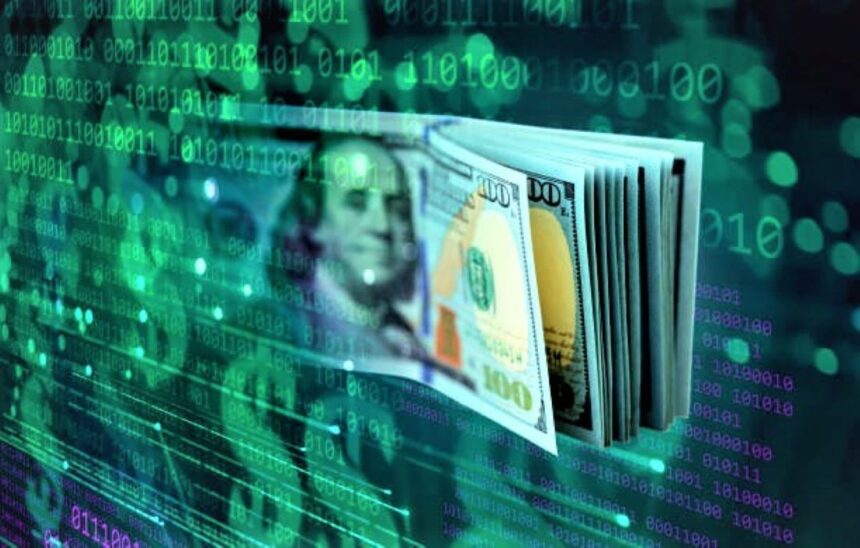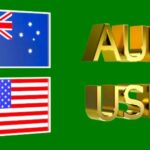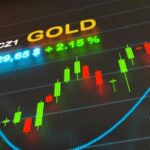US dollar suffered a significant drop on Wednesday after the US CPI announcement shifted the narrative back to disinflation.
The US Dollar (USD) is giving back some of its earlier gains on Thursday. After a strong drop following the latest Consumer Price Index (CPI). Which revealed that the disinflationary trend restarted in April. Pieces of the puzzle are starting to come into place. With the recent spate of data pointing to some weakening on all fronts in the economy. The softer CPI was the perfect finishing touch. Markets reacted positively to news of falling inflation, with the S&P 500 setting new all-time records.
Kashkari was quick to counter market expectations of rate decreases, stating that rates must remain high for an extended period of time.
However, Federal Reserve Bank of Chicago President Austan Goolsbee. And Federal Reserve Bank of Minneapolis President Neel Kashkari both urged for keeping interest rates stable for the time being, warning. That market expectations of interest rate reduction could swing too far.
Thursday’s economic data calendar is jam-packed with releases, but of varying importance. The most notable statistics will be the weekly Initial Jobless Claims, the May Philadelphia Fed Manufacturing Survey, and the Industrial Production report. On the latter, Japan and the Eurozone have recently reported rising industrial output, while a decrease in USProduction could cause the US dollar to fall more.
Daily Market movers: Here’s Thursday’s data.The US Dollar Index is flirting with a negative break of 104.00.
Start this Thursday at 12:30 GMT with a bundle of housing, employment, and pricing data.
Building permits are likely to rise to 1.480 million in April, from 1.467 million in March.
Housing starts are forecast to rise to 1.420 million from 1.321 million a month ago.
Weekly jobless claims may become more important than normal after last week’s data were far higher than expected.
Initial jobless claims are likely to increase to 220,000 from 213,000.
Continuing claims are likely to stay relatively constant, rising to 1.780 million from 1.785 million.
The import/export Price Index for April will be released as well.
The Philadelphia Federal Reserve Manufacturing Survey for May is predicted to fall to 8 in May, from 15.5 in April.
Markets can digest all of the aforementioned data before a host of Fed officials hit the stage.
The Federal Reserve’s Vice Chair for Supervision Michael Barr will speak before the US Senate Banking Committee.
Patrick Harker, president of the Federal Reserve Bank of Philadelphia, will speak about the economic benefits of higher education and health care.
Loretta Mester, president of the Federal Reserve Bank of Cleveland, will attend a luncheon hosted by the Wayne Economic Development Council.
Raphael Bostic, President of the Federal Reserve Bank of Atlanta, takes part in a moderated discussion regarding. The US economic prospects at an event hosted by the Jacksonville Business Journal.
All speakers on Thursday are Federal Open Market Committee (FOMC) voters, except the Fed’s Harker.
Qatar World Economic Forum began on Tuesday morning.
The Qatar World Economic Forum began on Tuesday morning. Headlines from world leaders may appear throughout the week.
stocks outperformed in the United States, with the S&P 500 setting a new all-time high before being overtaken by Asian stocks. European shares appear to be slow, with profits being taken, while US futures are slightly higher.
The CME Fedwatch Tool predicts that the Federal Reserve’s fed fund rate will remain unchanged in June. With a 91.6% likelihood. The program now predicts a 51.4% chance that rates will be 25 basis points lower in September than they are today.
The benchmark 10-year US Treasury Note is trading at 4.33%, the lowest level in almost a month.









